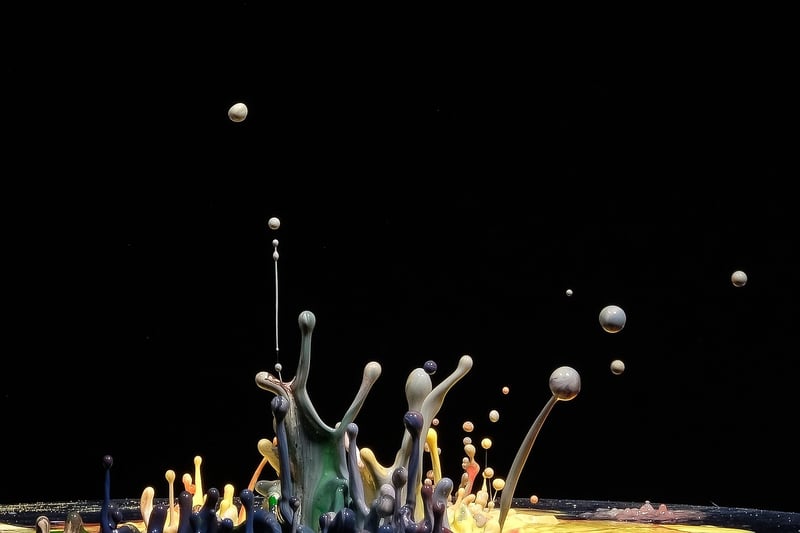Expressive Abstractions
Exploring Art that Conveys Emotions through Form
Art has always been a powerful medium for expressing emotions, thoughts, and ideas. Artists often use various forms, colors, and compositions to convey deep-seated feelings that words alone cannot capture. In this article, we delve into the world of art that communicates emotions through form, exploring how artists manipulate shapes, lines, and textures to evoke strong emotional responses.
The Power of Form in Art
Form in art refers to the three-dimensional quality of an object, which can be actual or implied. Artists use form to create depth, volume, and structure in their work, allowing viewers to perceive the artwork as more than just a flat surface. Through the manipulation of form, artists can convey a wide range of emotions, from joy and serenity to sadness and despair.
Expressive Abstractions: A Gateway to Emotions
One of the most captivating forms of art that conveys emotions through form is expressive abstraction. Abstract art, characterized by a departure from reality and a focus on the artist's emotional state, allows for a more subjective interpretation of the artwork. Artists often use bold, gestural strokes, vibrant colors, and dynamic compositions to evoke strong emotional responses from the viewer.
Examples of Expressive Abstractions
- Wassily Kandinsky: Known for his pioneering work in abstract art, Kandinsky's compositions are filled with dynamic shapes, bold colors, and rhythmic patterns that evoke a sense of energy and movement.
- Willem de Kooning: A prominent figure in the Abstract Expressionist movement, de Kooning's gestural paintings are characterized by their raw emotion, chaotic forms, and expressive brushwork.
- Joan Miró: Miró's whimsical and playful abstractions often feature surreal forms, childlike symbols, and vibrant hues that invite viewers to explore their own emotions and interpretations.
Exploring Emotions through Art
Art that conveys emotions through form invites viewers to engage with the artwork on a visceral level, tapping into their own feelings and experiences. Whether it's the bold gestures of abstract expressionism or the subtle nuances of minimalist forms, each artwork has the power to evoke a unique emotional response in the viewer.
Next time you encounter a piece of art, take a moment to observe its forms, colors, and textures. Allow yourself to connect with the emotions that the artist has infused into the work, and see where the journey takes you.

Art has the incredible ability to transcend language and culture, speaking directly to our hearts and souls. Through the manipulation of form and the use of expressive abstractions, artists continue to create powerful works that resonate with audiences around the world.
So, the next time you find yourself in front of a piece of art, take a moment to immerse yourself in its forms and let the emotions wash over you. You might be surprised by the depth of feeling that a simple arrangement of shapes and colors can evoke.
Art truly is a universal language that speaks to the core of our humanity, reminding us of the beauty and complexity of the human experience.
